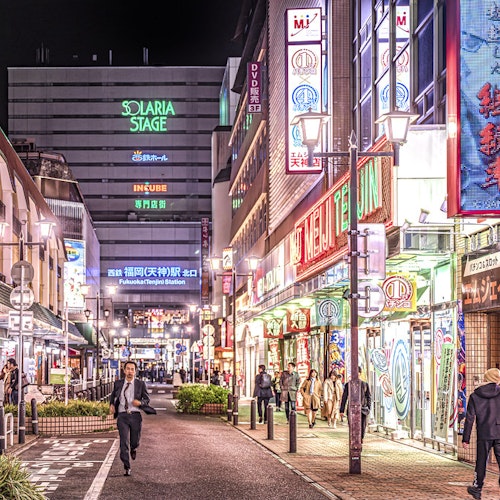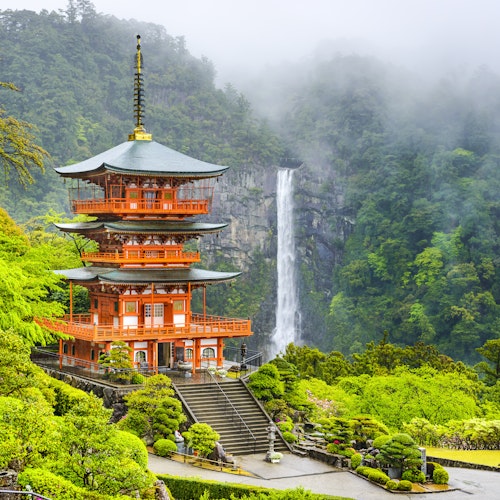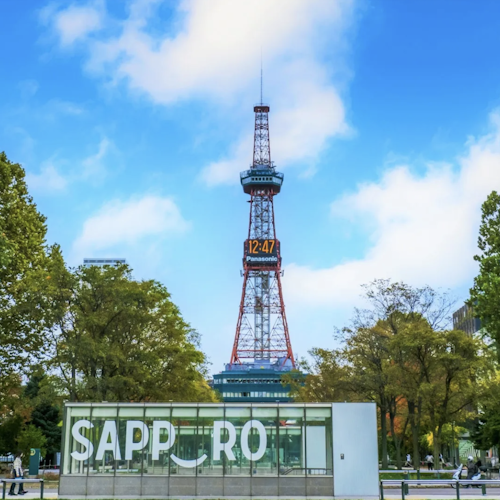
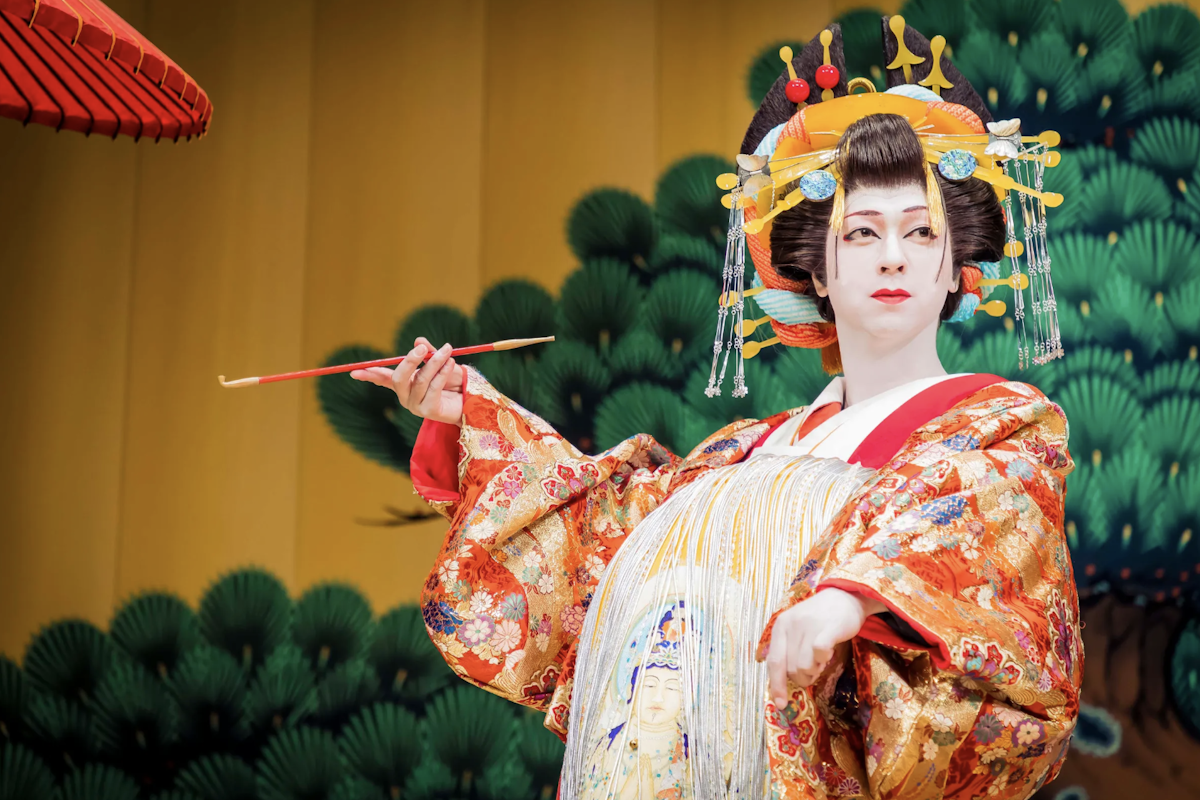
Kyoto's geisha districts hold a mystique that has captivated travelers for centuries. These skilled entertainers, masters of traditional Japanese arts, continue to preserve centuries-old cultural traditions in specific neighborhoods throughout the city.
However, encountering geishas and their apprentices (maiko) requires cultural sensitivity, respect, and understanding of proper etiquette. This guide will help you experience this living tradition responsibly.
Geishas are professional entertainers trained in traditional Japanese arts including classical music, dance, conversation, and tea ceremony. The path to becoming a geisha begins as a maiko (apprentice), typically in their teenage years, and requires years of rigorous training. In Kyoto, only five hanamachi (flower towns) remain where geishas still practice their art.
The term "geisha" translates to "person of the arts," reflecting their dedication to preserving traditional Japanese culture. These women are not simply dressed in kimono for tourists—they are working professionals heading to exclusive appointments at ochaya (teahouses) where they entertain guests with refined conversation, music, and dance performances.
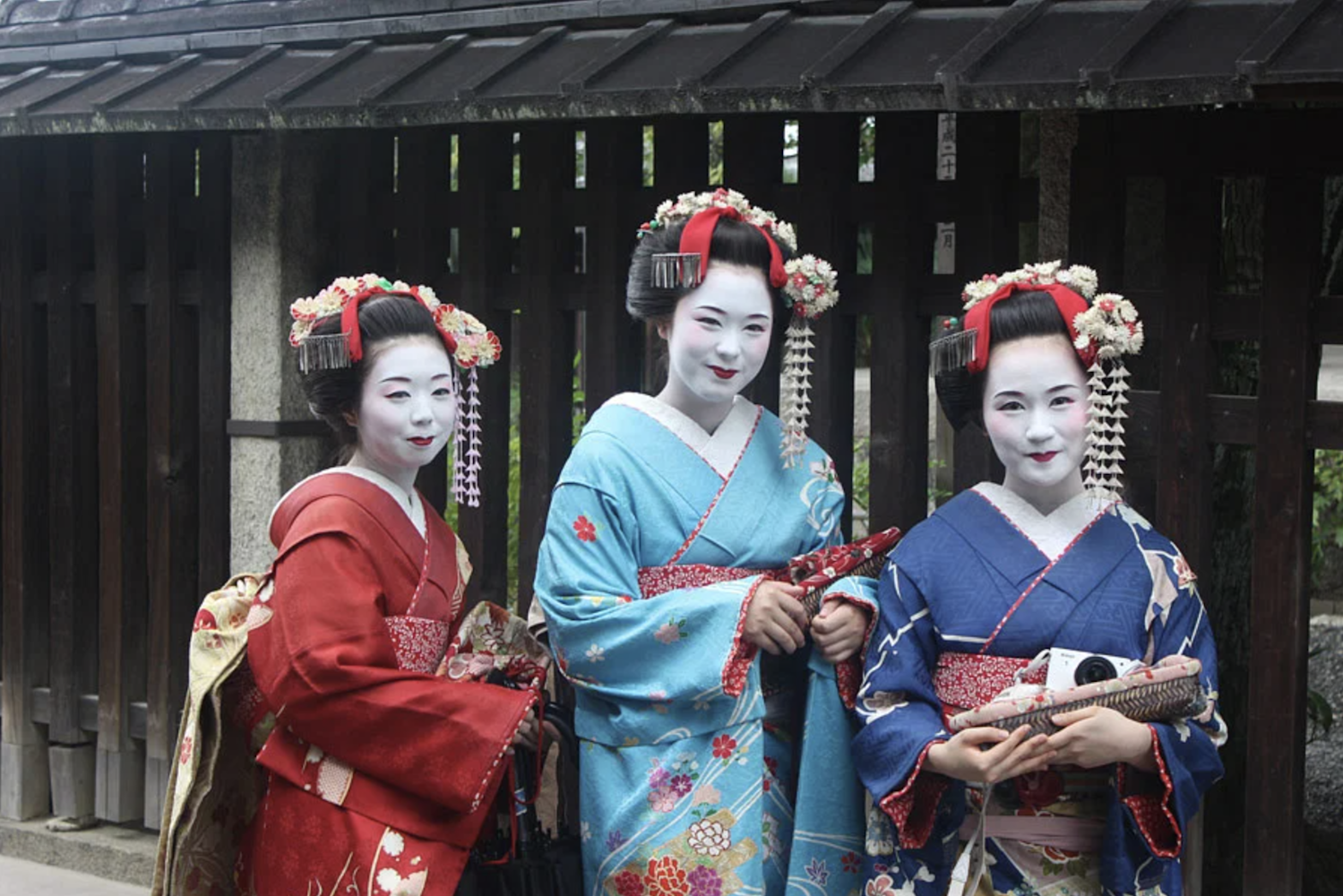
Gion Kobu stands as Kyoto's largest and most famous geisha district. Located near the Kamo River, this historic neighborhood features traditional wooden machiya townhouses and stone-paved streets. Hanami-koji Street serves as the main thoroughfare where you might spot geishas walking to their evening appointments.
The district houses approximately 80 geikos and maikos, making it your best chance for a respectful sighting. Visit during early evening hours (around 5:00-6:00 PM) when geishas travel to their engagements.
Separated from Gion Kobu in 1881, Gion Higashi maintains a quieter, more intimate atmosphere. This smaller district features fewer tourists and offers a more authentic experience. The area centers around Yasaka Shrine and provides excellent opportunities for cultural observation without overwhelming crowds.
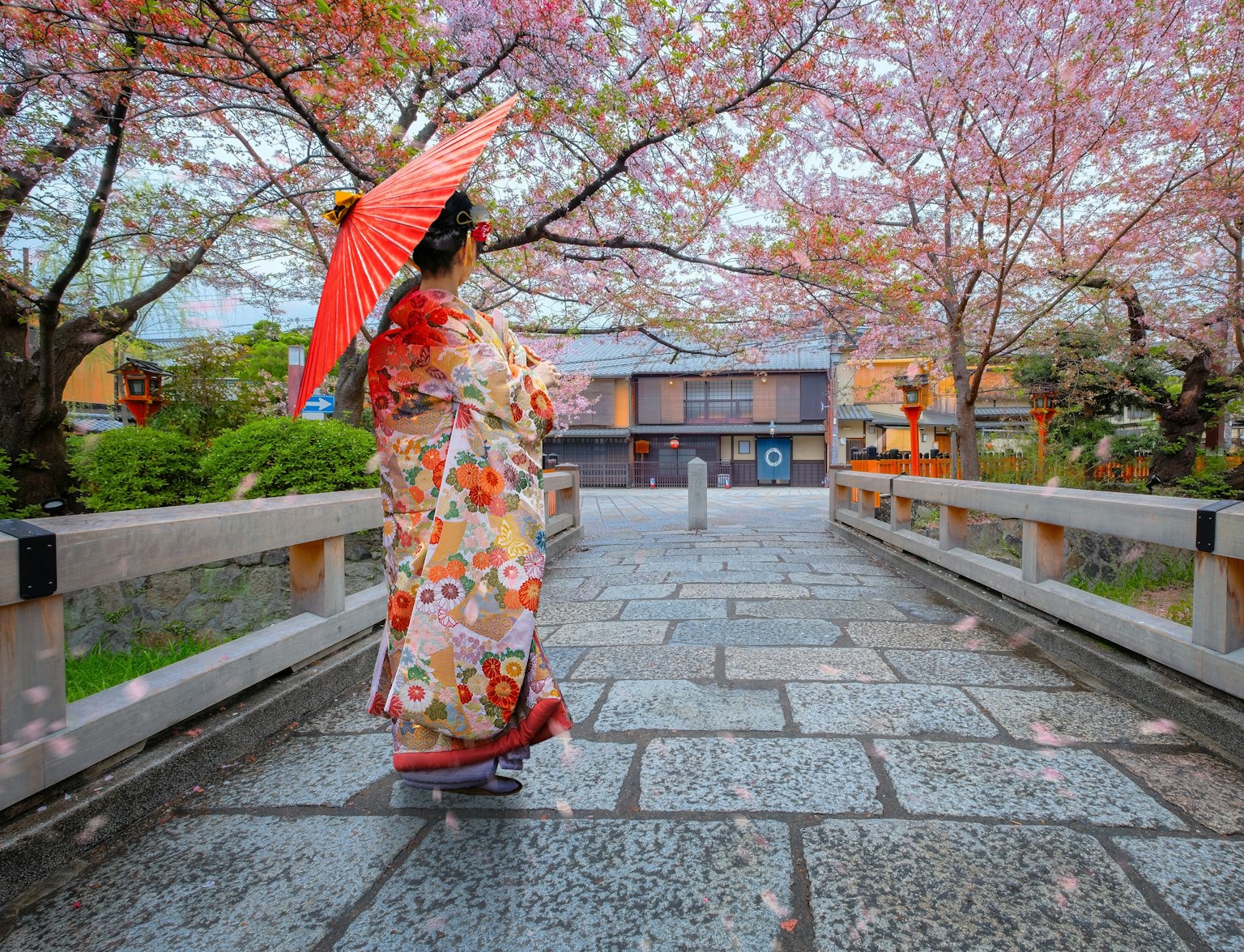
Experience the enchanting world of Gion, Kyoto's historic geisha district, on this 3-hour guided tour. Witness the art of the Geisha through an exclusive performance by a Maiko apprentice.
This narrow alleyway running parallel to the Kamo River transforms into a magical setting at dusk. Pontocho's intimate atmosphere, with traditional restaurants lining both sides of the street, creates perfect conditions for spotting geishas heading to dinner engagements. The district's compact size makes it easy to explore on foot.
Located south of Gion, Miyagawacho offers a more relaxed atmosphere with fewer international tourists. The district maintains strong traditions while remaining accessible. Its proximity to the Kamo River provides beautiful walking routes where geishas occasionally pass during evening hours.
As Kyoto's oldest hanamachi, established in 1444, Kamishichiken near Kitano Tenmangu Shrine receives fewer visitors despite its historical significance. This western Kyoto district preserves authentic traditions and offers genuine cultural experiences away from tourist crowds.
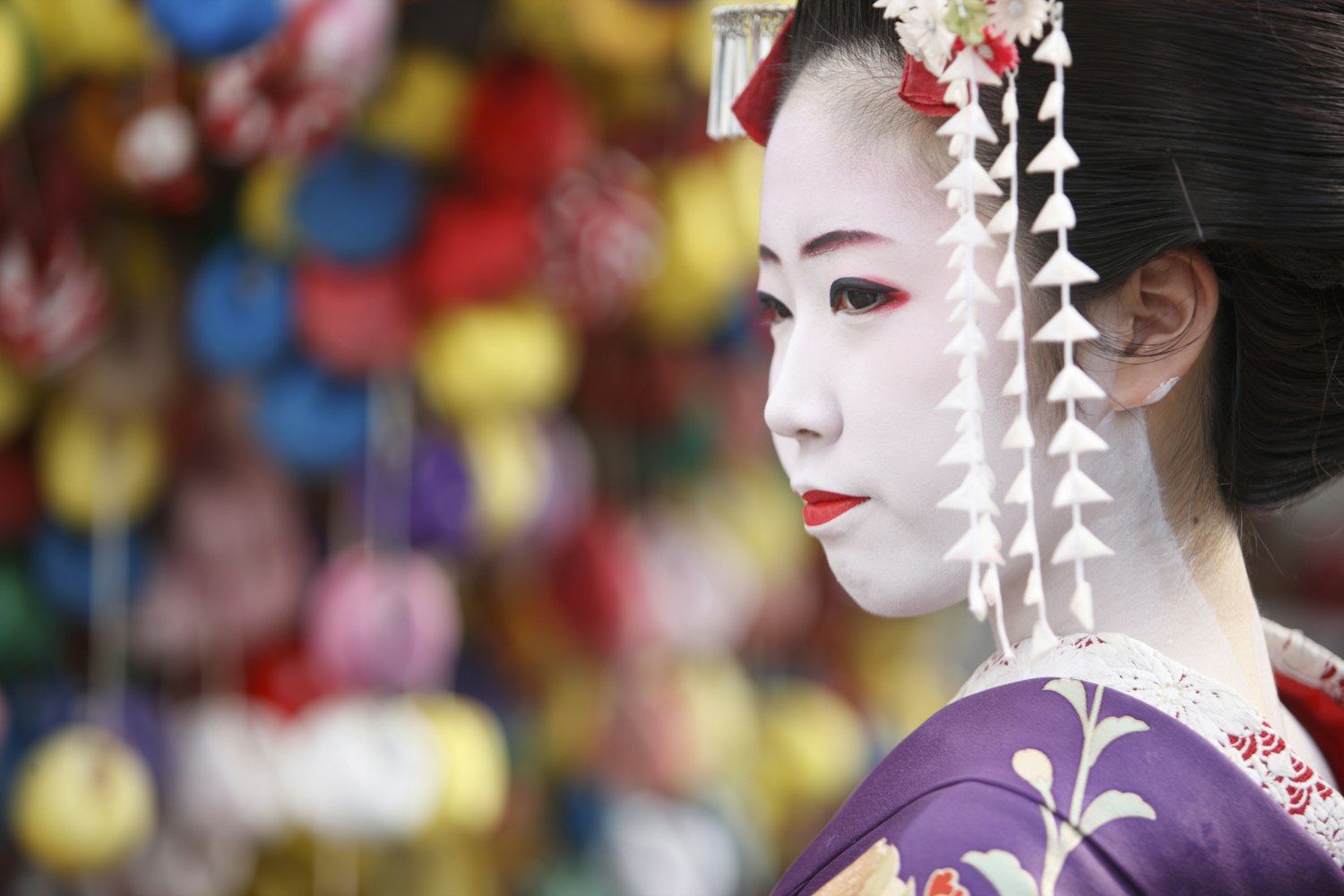
Early evening hours between 5:00 PM and 6:00 PM provide optimal opportunities for respectful sightings. Geishas travel to their evening appointments during this window, moving swiftly through the hanamachi districts.
Focus your visits on these specific streets:
Hanami-koji Street in Gion Kobu
Pontocho Alley from Shijo to Sanjo
Side streets around Yasaka Shrine in Gion Higashi
Main thoroughfares in Miyagawacho near Kennin-ji Temple
Late afternoon hours (4:00-5:00 PM) occasionally reveal maikos running errands or attending lessons. However, never follow, chase, or interrupt them during these moments.
Never photograph geishas without explicit permission. This rule stands as the most critical aspect of respectful observation. Geishas are working professionals, not tourist attractions, and unauthorized photography constitutes harassment.
If you must attempt a photograph:
Ask politely in Japanese ("Shashin o totte mo ii desu ka?")
Accept refusal gracefully and immediately
Never use flash photography
Never block their path while requesting photos
Never touch their kimono or accessories
Keep a respectful distance of at least 2-3 meters
Many geishas will politely decline photo requests as they rush to appointments. Respect this without argument or persistence. Some districts have posted signs prohibiting photography due to tourist harassment issues.
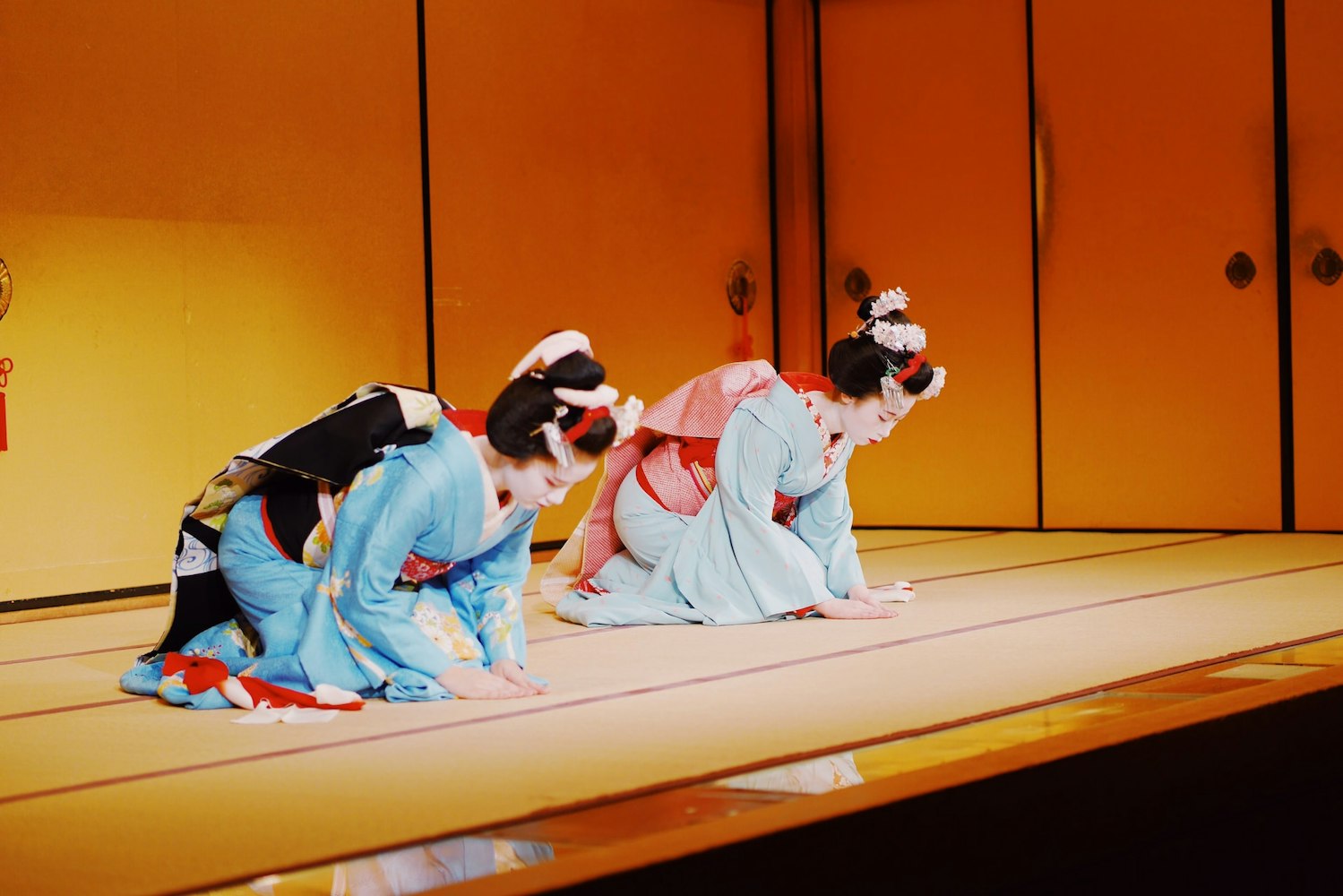
Several legitimate opportunities allow tourists to experience geisha entertainment without intruding on private appointments.
Each hanamachi hosts annual public dance performances showcasing their geishas' talents:
Miyako Odori (April) in Gion Kobu features spectacular choreography with hundreds of performers. Tickets range from ¥5,000-¥16,500 and sell quickly.
Kamogawa Odori (May and October) in Pontocho presents riverside-themed performances celebrating the district's location.
Kitano Odori (March-April) in Kamishichiken offers intimate performances in a smaller venue with excellent sightlines.
Gion Odori (November) in Gion Higashi provides autumn-themed entertainment with traditional storytelling.
Several cultural centers offer tea ceremonies hosted by maikos, providing intimate cultural exchange opportunities. These experiences typically cost ¥5,000-¥8,000 and last 45-60 minutes. Participants can ask questions, observe traditional tea preparation, and sometimes take commemorative photos.
Gion Corner near Yasaka Shrine presents nightly shows featuring various traditional arts, including brief geisha performances. While not featuring professional geikos, these demonstrations introduce visitors to geisha culture, tea ceremony, flower arrangement, and other traditional arts.
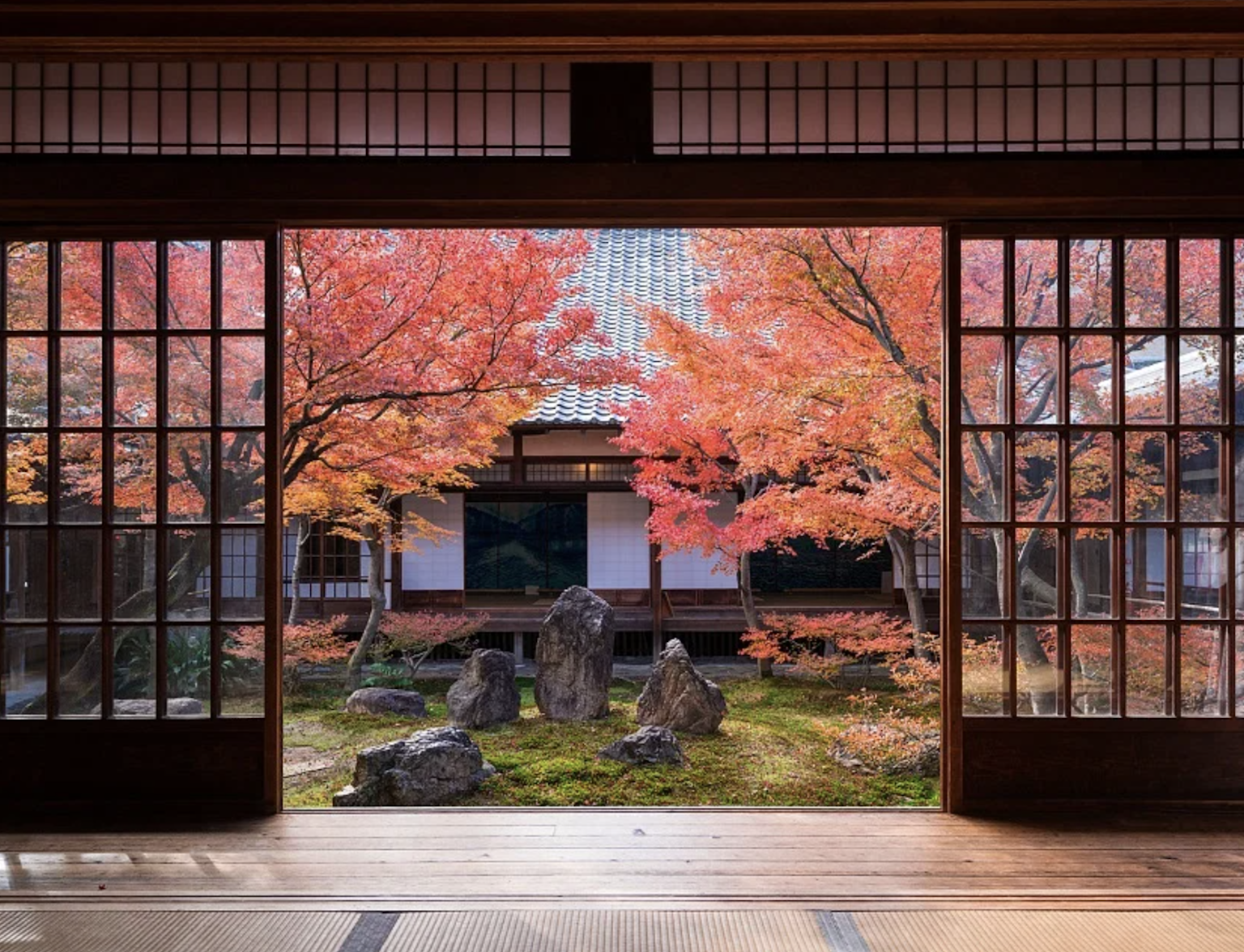
Step into Kyoto's enchanting geisha world, where ancient traditions and modern allure collide. Explore iconic districts, unravel the secrets of geisha life, and immerse yourself in timeless serenity.
Traditional ochaya teahouses require introductions from existing patrons, making access difficult for newcomers. These exclusive establishments have served regular clients for generations, and first-time visitors cannot simply walk in.
However, several luxury hotels and specialized agencies now offer geisha entertainment packages for international visitors:
Package prices typically start at ¥30,000-¥50,000 per person
Minimum group sizes usually apply (2-8 guests)
Experiences include traditional kaiseki dinner with entertainment
English-speaking guides facilitate cultural exchange
Advance reservations (several weeks) are essential
These arranged experiences provide authentic entertainment while respecting traditional protocols. The higher cost reflects not only the geisha's time but also the elaborate preparation, venue, and multicourse meal involved.
Geishas deserve the same personal space and respect as any professional going to work. They are not costumed performers but trained artists heading to paid appointments. Blocking their path, touching them, or making demands creates serious cultural offense.
The "geisha paparazzi" problem has become so severe in Gion that authorities implemented photography bans in some areas. Tourists chasing maikos, pulling their kimono sleeves, and blocking narrow streets have caused real harm to these professionals.
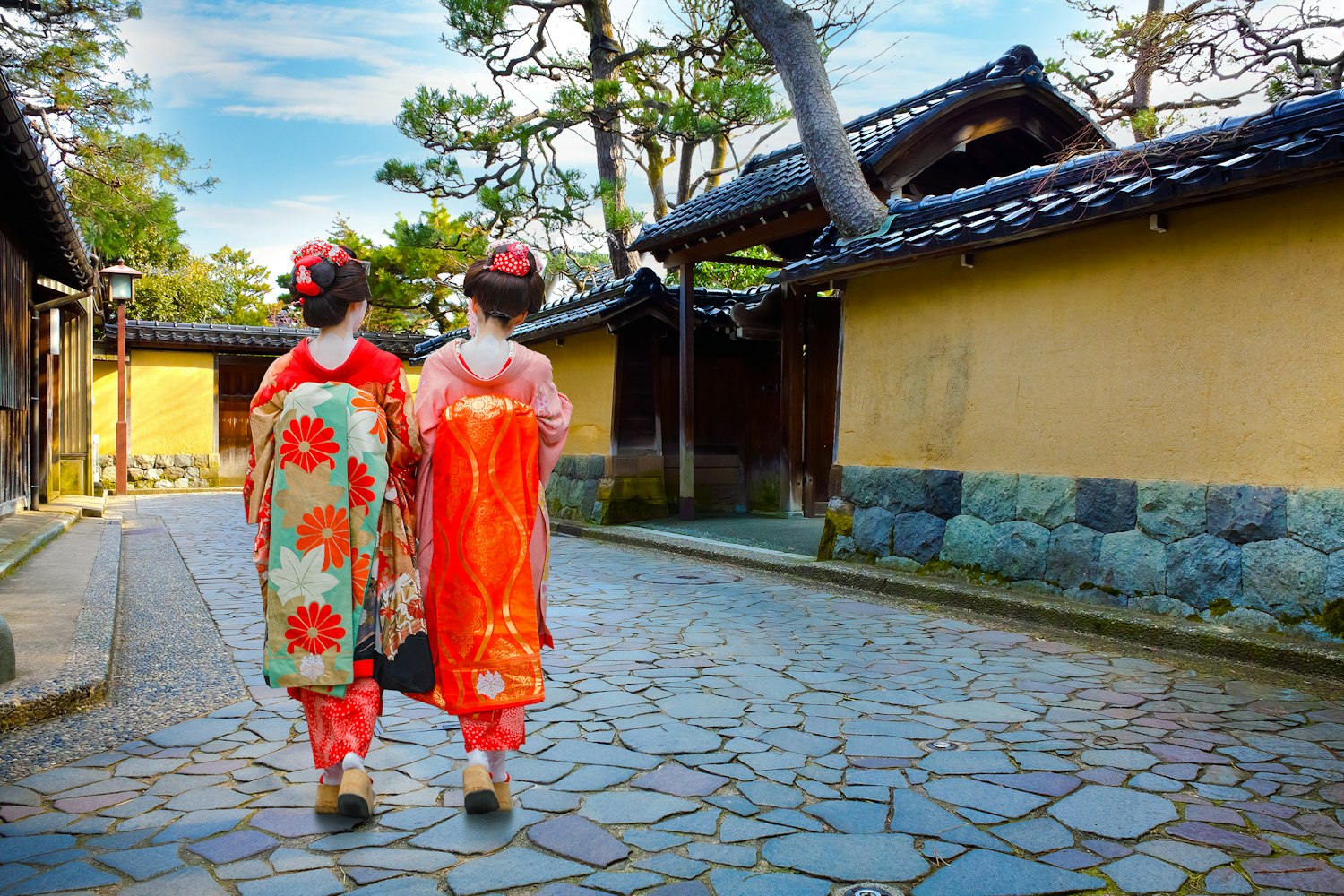
Many tourists wearing rental kimono walk through Kyoto's historic districts. These visitors are not geishas. Actual geishas and maikos display distinctive features:
Elaborate hairstyles (not wigs) with intricate kanzashi ornaments
Specific kimono styles with long trailing sleeves for maikos
White makeup applied only for formal performances
Distinct walking patterns in traditional okobo sandals
Professional demeanor and purposeful movement
Maikos particularly stand out with their elaborate dangling hair ornaments, colorful kimono with long sleeves, and distinctive okobo wooden sandals that create a characteristic walking style.
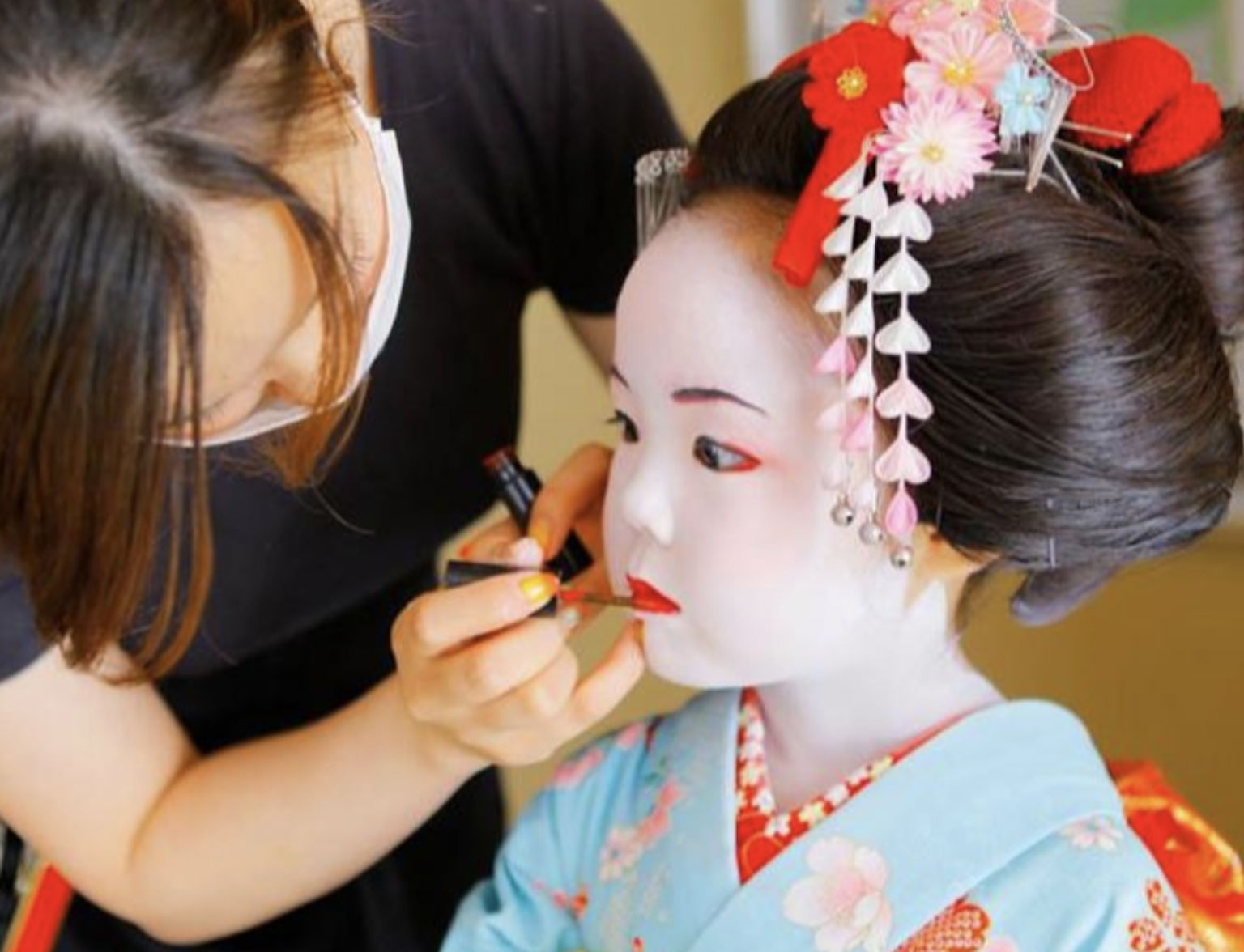
Discover Kyoto's charm through your child's eyes! Embark on a Maiko makeover journey tailored for kids, creating timeless memories with every click.
Several studios offer maiko transformation experiences where participants wear authentic clothing and makeup. These experiences (¥10,000-¥30,000) include professional photography sessions and provide understanding of the complexity involved in geisha appearance.
These transformations require 2-3 hours for proper application and help visitors appreciate the daily preparation geishas undergo. However, participants should remain in studios or designated photo areas, never walking freely through hanamachi districts where they might be confused with real maikos.
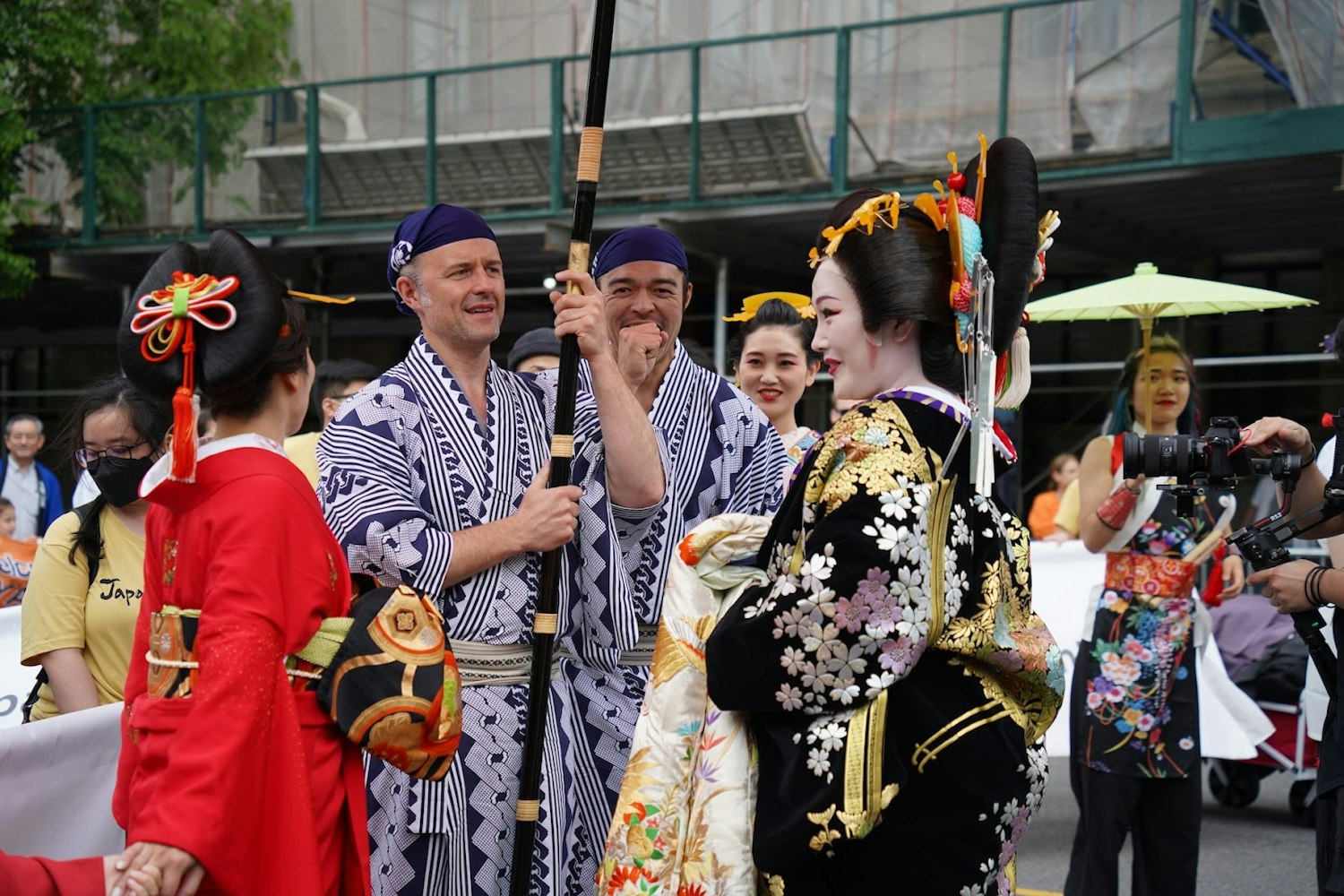
Knowledgeable local guides offer evening walks through geisha districts, explaining architecture, history, and cultural significance. These tours (typically ¥5,000-¥8,000) teach proper etiquette while maximizing chances of respectful sightings.
Expert guides know optimal viewing locations and times while ensuring tour groups maintain appropriate distance and behavior. They also explain the social context that makes geisha culture meaningful beyond mere visual spectacle.
Never follow or chase geishas. This behavior constitutes harassment and has led to increased security measures in some districts.
Never touch geishas or their clothing. Their elaborate kimono are expensive, and the hairstyles require hours of preparation. Physical contact shows profound disrespect.
Never stand in doorways or block streets. Geishas need clear passage to their appointments. Creating obstacles causes stress and potential lateness to professional engagements.
Never enter ochaya without invitations. These private establishments serve members only. Attempting to enter uninvited causes embarrassment for everyone involved.
Never assume geishas will pose for photos. They are working professionals, not theme park characters. Most will politely decline requests.
Never visit extremely early or late. Morning hours disturb residential areas, while late-night visits may interrupt private entertainment sessions.
Observing geishas in Kyoto offers rare glimpses into living cultural traditions spanning centuries. However, this privilege demands respect, patience, and cultural sensitivity. These artists preserve invaluable traditions while navigating challenges posed by tourism and modernization.
Approach your geisha experience with humility and genuine interest in understanding the culture beyond surface-level aesthetics. Remember that every geisha you might glimpse has dedicated years to mastering traditional arts and deserves the same professional courtesy you would extend to any accomplished artist.

